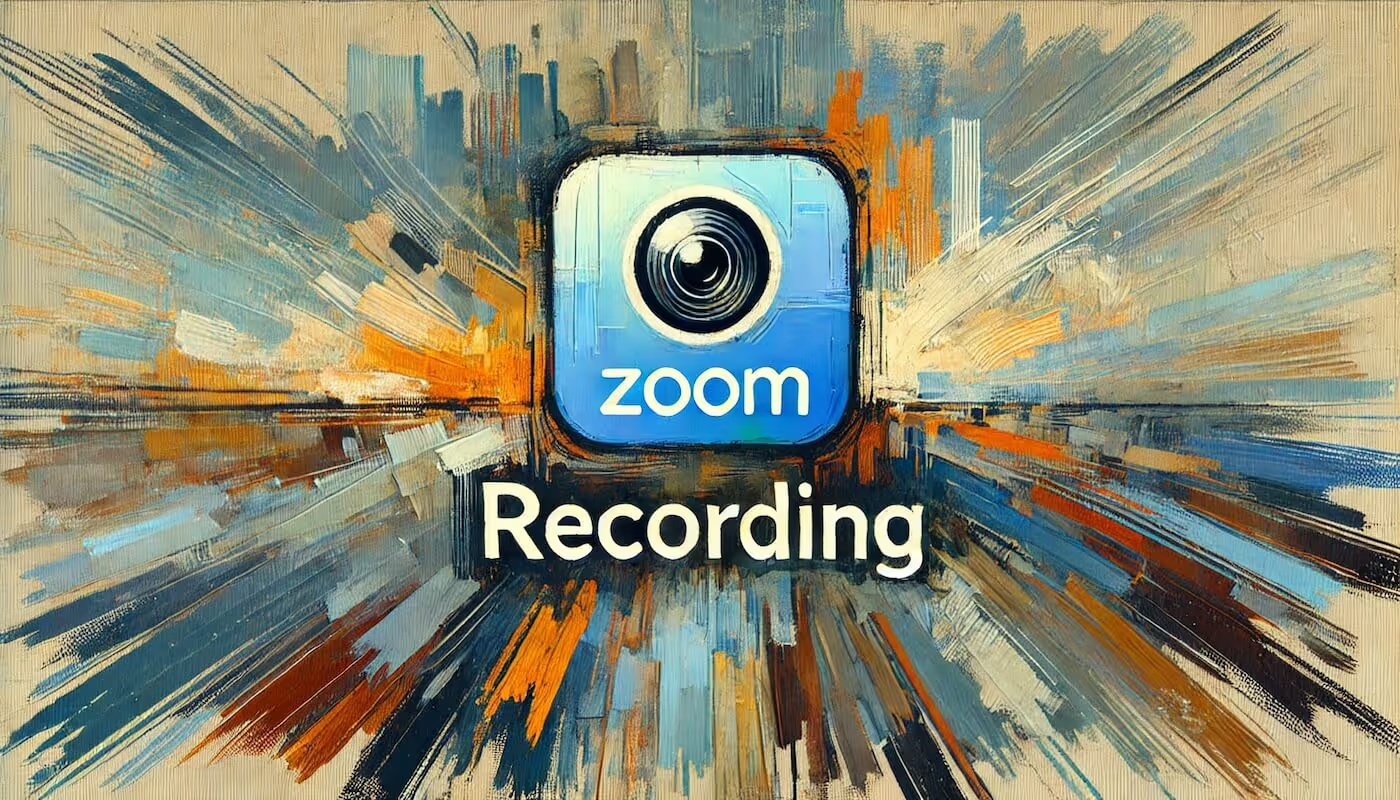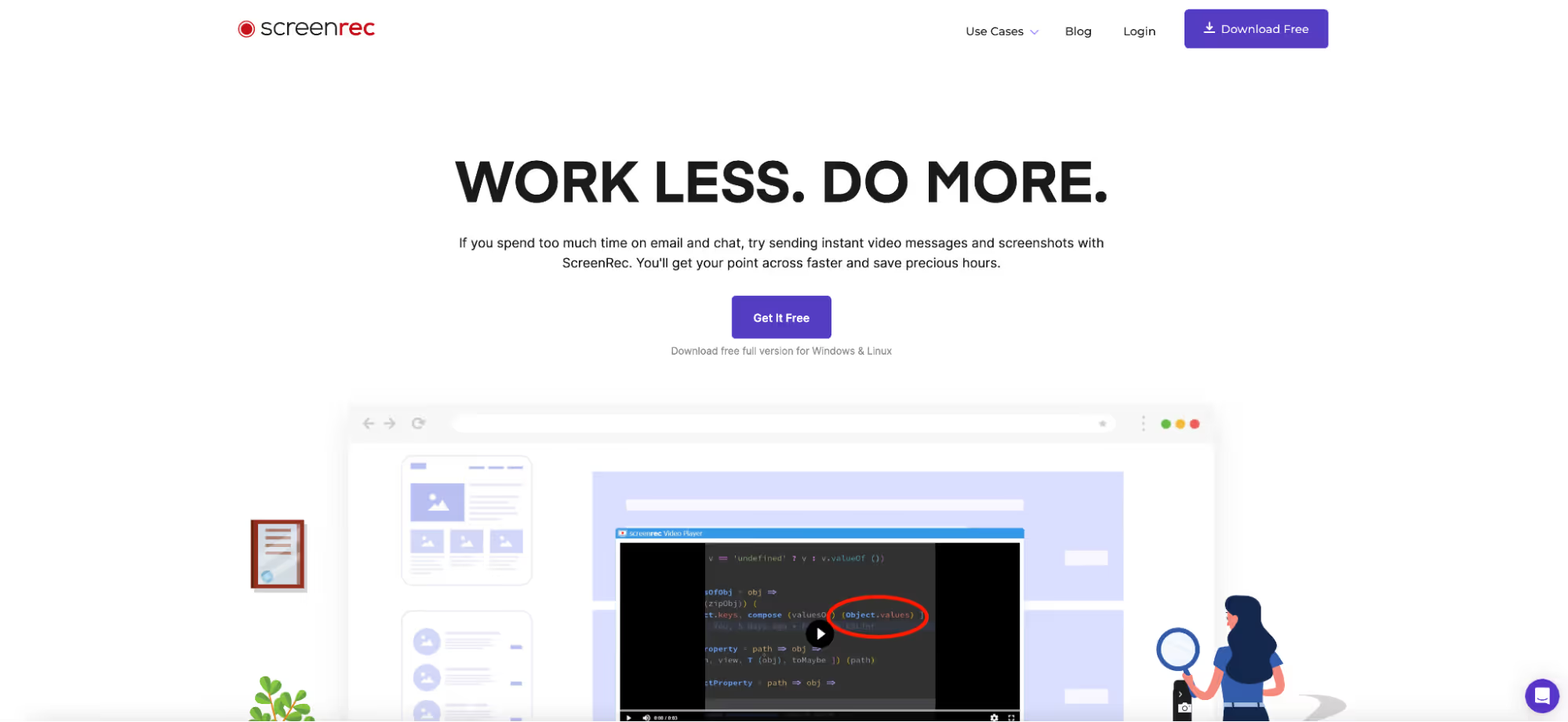
Professional Communication: Hidden Gems to Improve Your Interactions
Mastering professional communication is essential for career growth and collaboration. But are you communicating as effectively as possible? This guide will make sure you are through tips and tricks to elevate your interactions and ensure success.
Why Are Professional Communication Skills Important?
So why should you put all of this effort into achieving more effective workplace communication? Well, for starters, communication skills are essential when it comes to succeeding in any job, but more specifically, the ability to convey information clearly and effectively to your colleagues every time you converse is what can really start to separate you from a pack of less skilled or dedicated employees.
Whether you get to that point through verbal communication, written communication, or nonverbal cues such as body language and facial expressions, it is something we all need to focus on in order to build trust, change the dynamics of the teams we work in, and just generally improve our morale and productivity.
Definition of Professional Communication
It doesn't take a rocket scientist to work out what professional communication is at its core, but often, we neglect certain forms of communication that intertwine under the professional communication umbrella. Simply, it involves the exchange of ideas, information, and messages in a professional setting (most of the time - the workplace). However, it includes the use of various communication channels and methods to ensure that information is transmitted accurately and effectively. Some of these types of communication are less obvious than others, so let's cover them briefly:
- Verbal Communication: Our bread and butter - speaking clearly and effectively in your meetings, presentations, and conversations, regardless of whether it's a sales meeting or a general catch-up.
- Nonverbal Communication: The way you come across in terms of body language, facial expressions, and eye contact.
- Written Communication: Being disconnected verbally doesn't give you an excuse to not connect through your words. Crafting emails, reports, and documents with clarity and care should never be undermined in importance.
- Listening Skills: People forget that communication skills are a two-way street. Actively listening to others to understand their perspectives before responding appropriately is equally important to good communication.
Hidden Gems to Improve Professional Communication
1. Mastering the Art of Active Listening
So, the skill that I just mentioned can be forgotten. This seems like a good place to start, as one of the most underrated yet powerful skills in professional communication is active listening. To actively listen, you have to be fully concentrated on what the speaker is saying so that you gain a full understanding of their message. Then, you tie this together with your other communicative skills in order to respond thoughtfully and remember the conversation in its entirety. This skill goes beyond just literally hearing words; it is more about the way you engage with the speaker and show genuine interest in the message they have to offer.
Benefits of Active Listening:
- Builds Trust: You show respect and appreciation for the speaker when you are dedicated to their message. In turn, they will trust that you are a good person to share messages with.
- Reduces Misunderstandings: In a world where we are all doing 8 different things at once, active listening really helps clarify any ambiguities and ensures that you accurately receive the intended message. It's unrealistic to think you can always actively listen, but when something seems extra important, pay it closer attention.
How to Practice Active Listening:
- Maintain Eye Contact: Shows focus and engagement.
- Avoid Interrupting: Respect for their input and their message in full.
- Ask Questions: Clarify points and show interest whenever necessary to you.
- Provide Feedback: Don't be scared to either summarize and boost understanding, or mention areas you disagree with (respectfully).
2. Leveraging Technology for Enhanced Communication
The use of technology might not seem a 'hidden gem', but that's because this is too broad. Leveraging very specific tech can significantly improve workplace communication, but the adoption of these platforms or tools should be carefully considered and is dependent on what you are looking to achieve when it comes to your workplace communication. For example, if you are someone who has countless virtual meetings filling up your calendar, you might want to use a tool such as the Bubbles Notetaker, which can transform the way meetings and post-meeting communications are handled. If you are this person, here's how this tool could help you:
How Bubbles Notetaker Can Help:
- Automatic Transcriptions: Bubbles Notetaker can automatically join your meetings, transcribe conversations, and record sessions. This ensures that no key points are missed and provides an accurate record of the meeting for meeting recaps.
- Email Follow-ups: After the meeting, Bubbles sends a tailored follow-up email, including a summary, key action items and decisions, and much more. This saves everyone time but also makes sure you don't lose out when it comes to having comprehensive meeting notes and being on the same page.
- Better Communication After: Your meeting will have its own recording area with Bubbles, where you can post messages (either video or text) to show progress with next steps.
Make your
meetings matter
Loved and trusted by 100,000+ users:
- Automatically Record and Transcribe Meetings
- Extremely Accurate Notes, Summaries, and Action Items powered by AI
- Works with Zoom, Google Meet, and Microsoft Teams
- Save time and follow-up with quick async videos
Simply connect your work Google or Microsoft Calendar to get started.
3. Utilizing Nonverbal Communication Effectively
Research by Albert Mehrabian has shown that as much as 55% of communication is nonverbal. This initially took me back, but when you think about it, you start to realize how true this is. The importance of mastering this therefore begins to stand out on our road to effective workplace communication.
This hidden gem is such a powerful tool when it comes to naturally reinforcing or even undermining verbal messages. The way you set yourself up in terms of body language, facial expressions, gestures, and eye contact can completely change the way your message is received and understood. We therefore want you to be aware of your nonverbal cues, so that you can use them effectively in every professional interaction. You might ask why this is so important, but a study published in the Journal of Applied Psychology found that positive body language can enhance perceptions of a speaker's credibility and competence significantly, so here are some tips:
Tips and Tricks for Effective Nonverbal Communication:
- Maintain Positive Body Language: As the study shows, the ability to portray yourself as positive can be transformative. Stand or sit up straight, use open gestures, and avoid crossing your arms.
- Use Facial Expressions: Smile to convey friendliness, nod to show understanding, maintain eye contact to show engagement.
- Match Your Verbal and Nonverbal Cues: You have to tailor your body language and facial expressions to your words or message to avoid sending mixed messages. For example, don't be smiley and laughing when talking about a workplace conflict.
4. Adapting Your Communication Style
There is no 'one size fits all' approach to becoming a better communicator. In fact, the best approach is to realize that different situations and audiences require different communication styles. Being able to switch up your communication style to suit the context and the people you are interacting with is a key skill for effective communicators.
For example, internal team meetings are a more relaxed environment, and could be a place to express thoughts and communicate with a more open tone of voice. In comparison, a high pressure client meeting might require more active listening and a reserved communication strategy. We've laid out a few of the more important and common communication styles below. Try to think about what type of discussion you are partaking in every time you sit down to chat, and customize your approach appropriately. We have also provided some tips for this adaptation.
Types of Communication Styles:
- Assertive: The more direct more of communication, that clearly expresses your needs and opinions while remaining respectful.
- Passive: Avoiding confrontation and not expressing your needs or opinions. Important to note that this is not a bad thing in a lot of situations.
- Aggressive: Dominating communication that disregards the needs and opinions of others. This, however, can be a bad way to communicate in many scenarios. Try to be assertive rather than aggressive as a rule of thumb.
- Passive-Aggressive: Indirect communication that expresses any negative feelings you might have in subtle ways.
How to Adapt Your Communication Style:
- Assess the Situation: Be ready to assess the interaction. In doing so, consider the context, the topic of discussion, and the dynamics of the group. This can be harder in virtual meetings, but one good approach here is to try to understand the general virtual meeting etiquette, before comparing to how people are acting in that meeting.
- Understand Your Audience: Different interactions and audiences have different expectations for the outcomes. Adapt your style to match these preferences when they are apparent or clear.
- Be Flexible: All of this hinges on your willingness to adjust your approach based on the feedback and reactions you receive, so don't be stubborn!
Why Adapting Your Communication Style is Important:
- Improves Understanding: Making sure your communication style is right for that given interaction can help others understand your message more clearly. It makes it more likely that your interaction will be effective.
- Builds Stronger Relationships: By showing respect for others through your willingness to change for them in a professional sense.
Statistics and Studies to Support the Importance of Communicative Adaptation:
- Effective communication comes with a willingness to commit to optimizing each professional communication. Therefore, the fact that a study by the Society for Human Resource Management (SHRM) found 89% of employees believing effective communication is critical to their workplace success suggests we should pay this a large amount of attention.
- Further to this, Gallup have found that companies with effective communication practices and dedication to great communication enjoy a 47% higher total return to shareholders. This is more applicable to those client or customer interactions, but remains best practice.
5. Providing Constructive Feedback
I am a massive advocate for constructive feedback in the workplace, and believe it is essential for personal and professional growth. Not only do you help individuals understand their strengths and areas for improvement, but in general you create a feedback culture where everyone is desperate to keep iterating and finding new areas where they excel.
There are tons of ways to give feedback, but again, technology can be a great aid here. By using Bubbles, you gain access (for free) to a tool that will allow you to record quick video or screen recordings, where you can review work or project updates and annotate over the visuals. By using this feature in tandem with Bubbles Notetaker, you can organize your meeting recording, your follow-up communication, and your feedback in one area. Here are a few general tips that you should keep in mind for your next bubble. (Learn how to record a bubble).
Tips for Providing Constructive Feedback:
- Be Specific: Focus on specific behaviors or actions to make pinpointing easier.
- Use the "Sandwich" Approach: Start with positive feedback, address areas for improvement, then end with encouragement.
- Be Timely: Don't wait to give feedback - keep the ball rolling.
- Focus on Improvement: You want your colleagues to keep improving so that you can achieve success as a team, so frame feedback in a way that highlights opportunities for growth and development.
Why Constructive Feedback is Important:
- Promotes Growth: Constructive feedback carried out within regular performance reviews helps individuals develop their skills and improve their output in a trustworthy environment.
- Enhances Communication and Engagement: Regular feedback keeps expectations and standards crystal clear, and over time, you will begin to improve overall communication through this clarity. Also, a study by Zenger Folkman has shown employees who receive regular feedback over time are 3.6 times more likely to be engaged at work. It's the ultimate performance booster.
Conclusion
Being able to communicate well on a professional level is the ultimate interpersonal skill, requiring effort and dedication to success at work. However, remembering and mastering these tips and tricks will stand you in good stead. The quickest and easiest trick is to make sure you are cutting corners professionally and using effective technology such as Bubbles to help you, so start there. Good luck!
Collaborate better with your team
Get your point across using screen, video, and audio messages. Bubbles is free, and offers unlimited recordings with a click of a button.
.avif)
Collaborate better with your team
Get your point across using screen, video, and audio messages. Bubbles is free, and offers unlimited recordings with a click of a button.
.avif)












.avif)